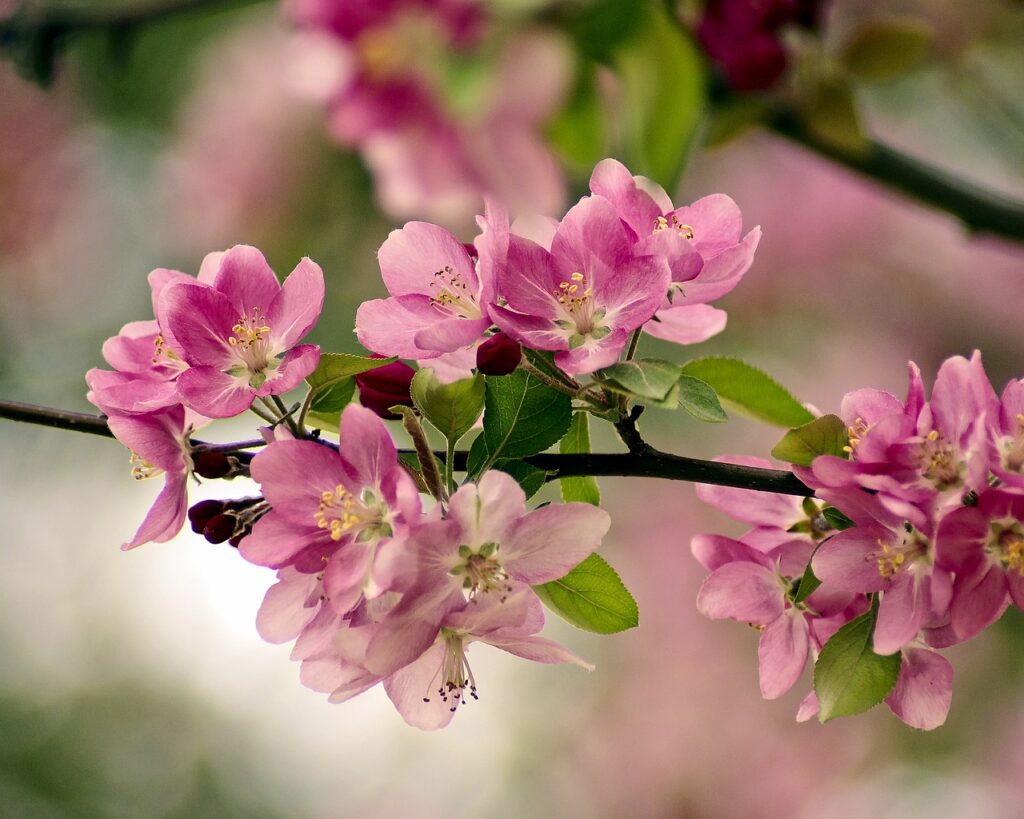Table of Contents
Introduction to Best Native Plants for West Texas
West Texas is known for its challenging climate, characterized by scorching summers, low rainfall, and occasional cold snaps. These conditions demand a resilient and well-adapted landscape, one that can withstand the harsh environment while still offering beauty and ecological benefits. In this guide, we’ll explore the best native plants for West Texas, ideal for creating a sustainable and attractive garden. Whether you’re a seasoned gardener or a newcomer to the region, these plants will help you achieve a thriving landscape that complements the rugged beauty of West Texas.

Understanding West Texas Climate and Soil
Before diving into specific plant recommendations, it’s essential to understand the unique climate and soil conditions of West Texas. The region falls within USDA Hardiness Zones 6-9, depending on the exact location. Summers are hot, with temperatures often exceeding 100°F, while winters can bring frost and occasional snow. The soil in West Texas varies but is generally alkaline, with sandy, loamy, or clayey textures.
Given these conditions, the best plants for West Texas are those that are drought-tolerant, heat-resistant, and able to thrive in poor soils. Native plants are particularly well-suited to these challenges, as they have evolved to survive and flourish in the local environment.
1. Texas Sage (Leucophyllum frutescens)
Texas Sage, also known as Cenizo, is a hardy evergreen shrub that’s a staple in West Texas landscapes. It features silvery-gray foliage and produces stunning purple flowers after rainfall, earning it the nickname “barometer bush.” Texas Sage thrives in full sun and well-drained soil, making it perfect for xeriscaping. Its drought tolerance and minimal maintenance requirements make it a favorite among gardeners in arid regions.
Reference: Texas Sage Care Guide
2. Red Yucca (Hesperaloe parviflora)
Red Yucca is another drought-tolerant plant that’s ideal for West Texas gardens. Despite its name, it’s not a true yucca but shares many of the same characteristics. Red Yucca produces long, arching flower spikes with tubular red or coral-colored flowers that attract hummingbirds. This plant is perfect for adding vertical interest to your garden and does well in full sun with minimal water.
Reference: Red Yucca Growing Tips
3. Mexican Feathergrass (Nassella tenuissima)
Mexican Feathergrass is a versatile ornamental grass that adds texture and movement to West Texas landscapes. This native grass is prized for its fine, wispy blades that sway gracefully in the wind, creating a dynamic visual effect. Mexican Feathergrass is drought-tolerant and thrives in well-drained soil, making it an excellent choice for erosion control on slopes or as a ground cover in rock gardens.
Reference: Planting and Care for Mexican Feathergrass
4. Blackfoot Daisy (Melampodium leucanthum)
Blackfoot Daisy is a low-growing perennial that blooms prolifically from spring through fall. Its small, white, daisy-like flowers with yellow centers are not only charming but also highly attractive to pollinators. This plant thrives in full sun and well-drained soil, requiring little water once established. Blackfoot Daisy is ideal for borders, rock gardens, or as a ground cover in dry areas.
Reference: Blackfoot Daisy Growing Guide
5. Big Bluestem (Andropogon gerardii)
Big Bluestem is a native grass that plays a crucial role in prairie restoration and sustainable landscaping in West Texas. Known for its tall, bluish-green stems and purplish flower spikes, Big Bluestem is a warm-season grass that provides excellent habitat for wildlife. It’s also incredibly drought-tolerant and can thrive in a variety of soil types, including the poor, rocky soils often found in West Texas.
Reference: Big Bluestem Plant Profile
6. Autumn Sage (Salvia greggii)
Autumn Sage is a versatile, evergreen shrub that blooms profusely from spring to fall, offering a burst of color with its red, pink, or purple flowers. This plant is highly drought-tolerant and thrives in the heat, making it perfect for West Texas gardens. Autumn Sage attracts hummingbirds and other pollinators, adding both beauty and ecological value to your landscape.
Reference: How to Grow Autumn Sage
7. Purple Coneflower (Echinacea purpurea)
Purple Coneflower is a popular native perennial that thrives in the challenging conditions of West Texas. Known for its large, showy purple flowers with orange centers, this plant is a magnet for bees and butterflies. Purple Coneflower is drought-tolerant, deer-resistant, and does well in full sun to partial shade. It’s an excellent choice for adding color and wildlife interest to your garden.
Reference: Purple Coneflower Growing Guide
8. Lindheimer’s Muhly (Muhlenbergia lindheimeri)
Lindheimer’s Muhly is an ornamental grass native to Texas that’s well-suited to the hot, dry conditions of the region. This grass forms attractive clumps of blue-green foliage and produces airy, pinkish flower spikes in late summer and fall. Lindheimer’s Muhly is low-maintenance, drought-tolerant, and works well in mass plantings or as an accent in mixed borders.
Reference: Lindheimer’s Muhly Grass Information
9. Four-Nerve Daisy (Tetraneuris scaposa)
Four-Nerve Daisy is a tough, long-blooming perennial that produces bright yellow flowers almost year-round. This plant is highly drought-tolerant and thrives in rocky, well-drained soils, making it perfect for West Texas gardens. Four-Nerve Daisy is an excellent choice for rock gardens, borders, or as a ground cover in dry areas.
Reference: Four-Nerve Daisy Growing Tips
10. Coralbean (Erythrina herbacea)
Coralbean is a striking native shrub that produces clusters of vibrant red tubular flowers in the spring and early summer. The flowers are highly attractive to hummingbirds, making Coralbean a valuable addition to wildlife-friendly gardens. This plant is drought-tolerant once established and does well in full sun to partial shade.
Reference: Coralbean Plant Care
Conclusion to Best Native Plants for West Texas
Creating a resilient and beautiful landscape in West Texas is achievable with the right selection of native plants. By choosing species that are adapted to the local climate and soil conditions, you can design a garden that requires minimal maintenance while providing maximum aesthetic and ecological benefits. Whether you’re focused on drought tolerance, wildlife attraction, or simply adding color to your garden, the native plants listed above are excellent choices for any West Texas landscape.
Remember to always consider your specific site conditions and consult with local gardening experts or resources like the Lady Bird Johnson Wildflower Center for additional guidance.
Recent Posts
- The Ultimate Guide to Choosing the Right Turf for Your Lawn
- Top Landscaping Trends for 2025: What’s Hot in Lubbock
- Plan Your Spring Landscape Projects Now: Benefits of Early Planning
- 5 Holiday Lawn Care Tips to Keep Your Yard Looking Great
- How to Store Holiday Decorations Safely After the Festive Season
